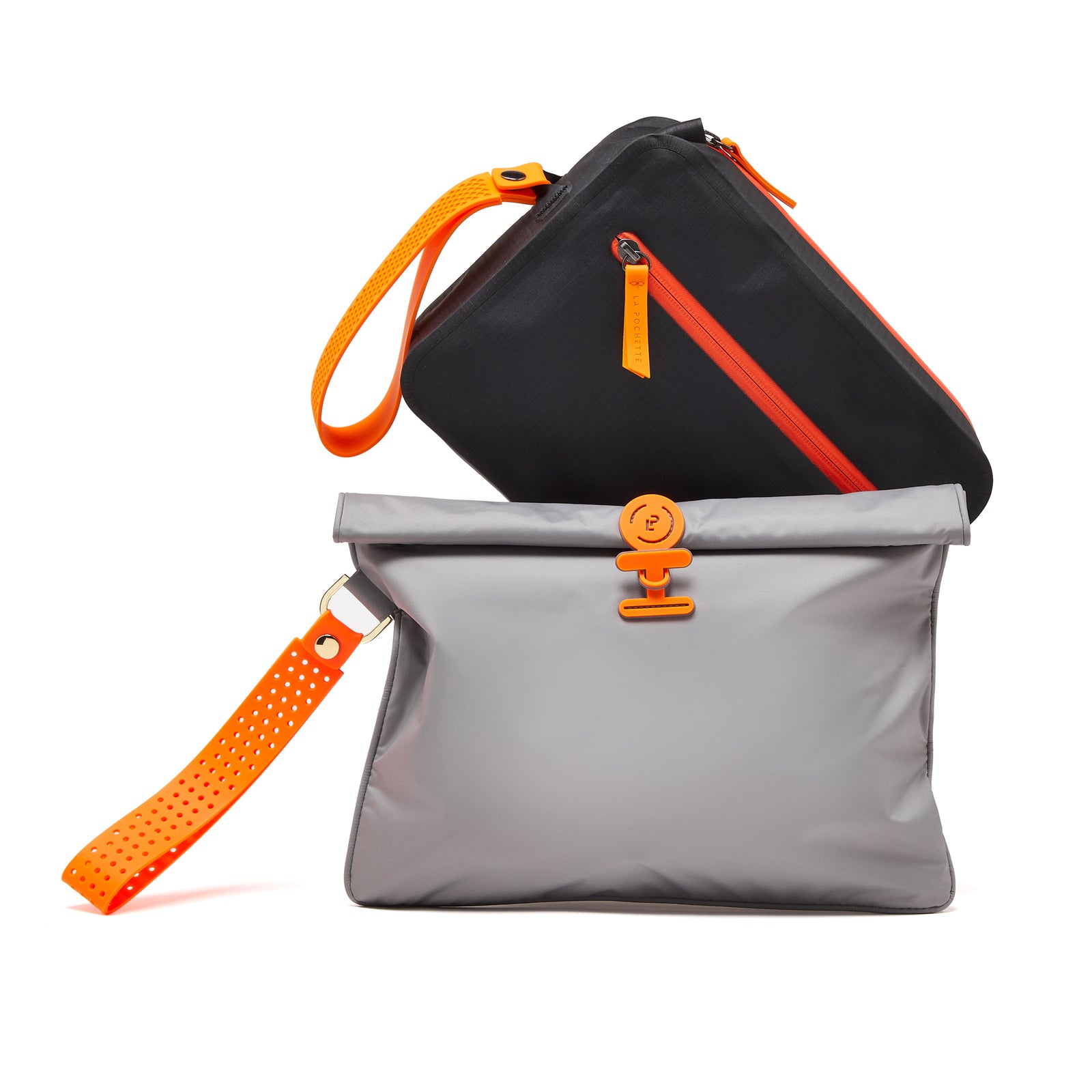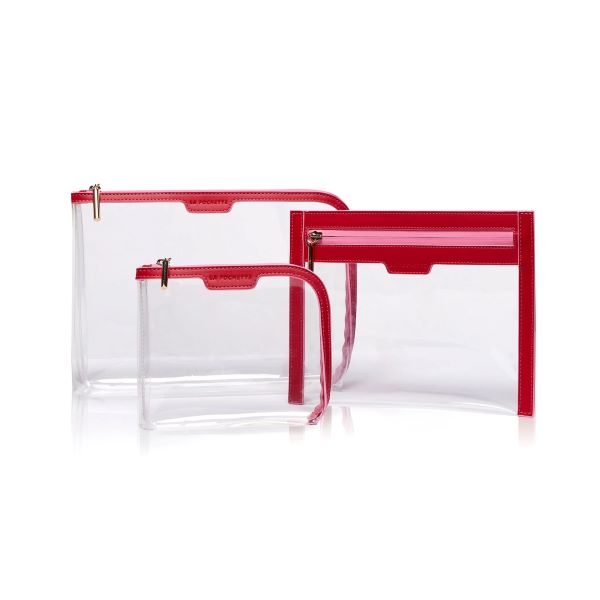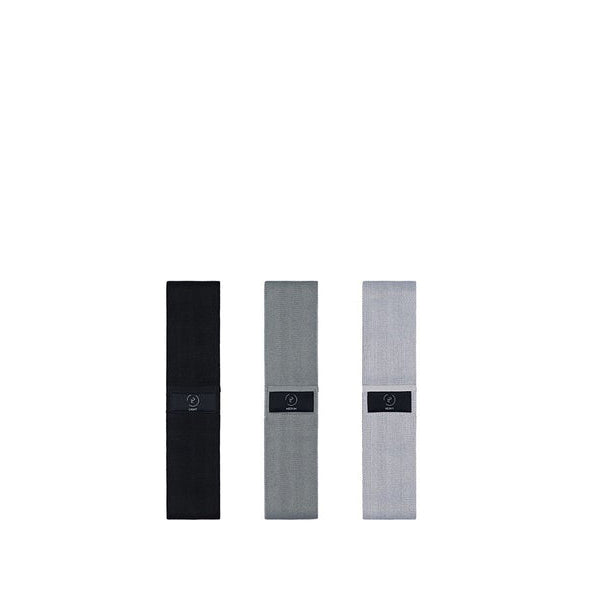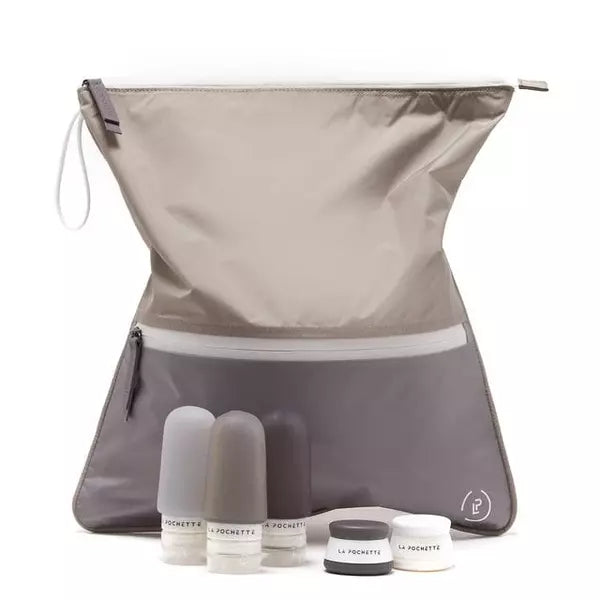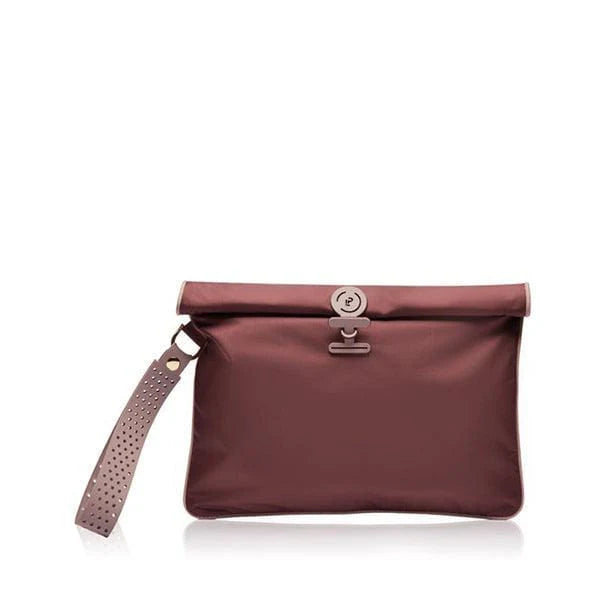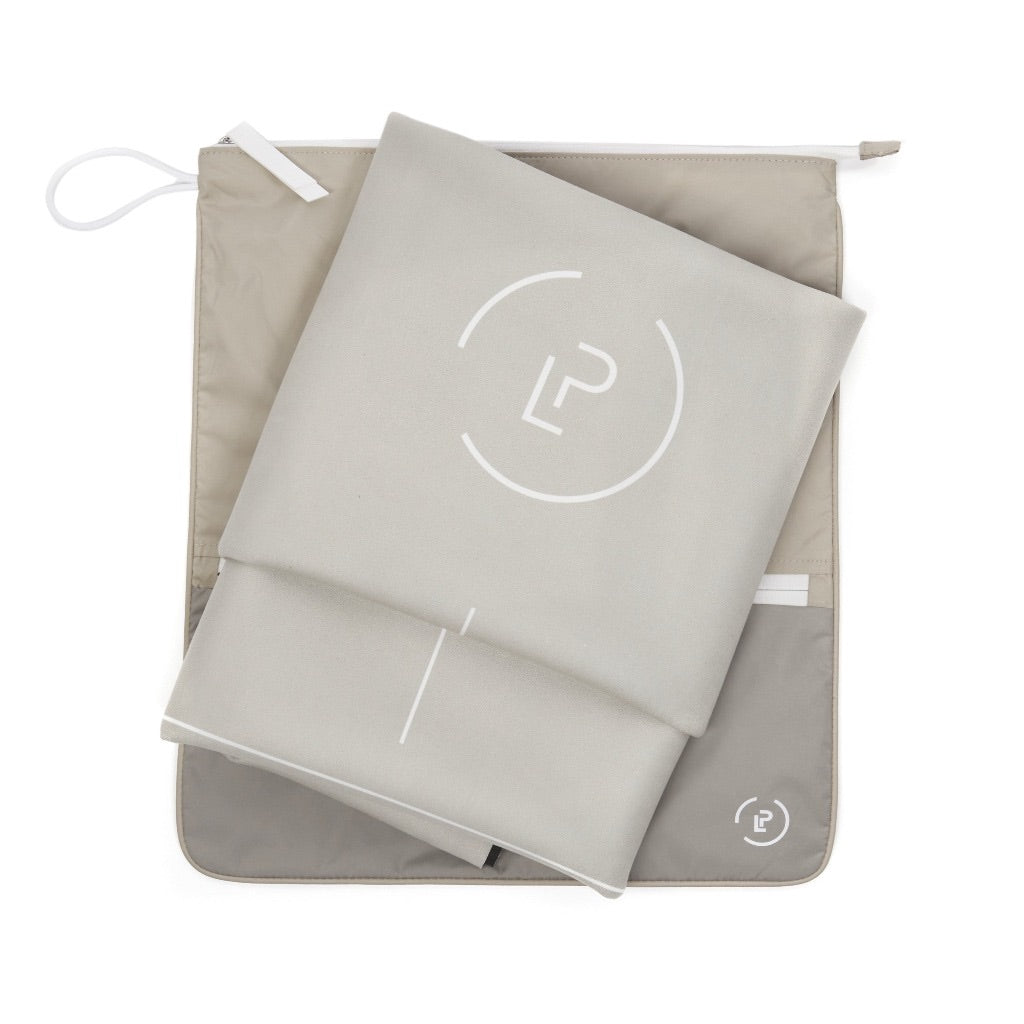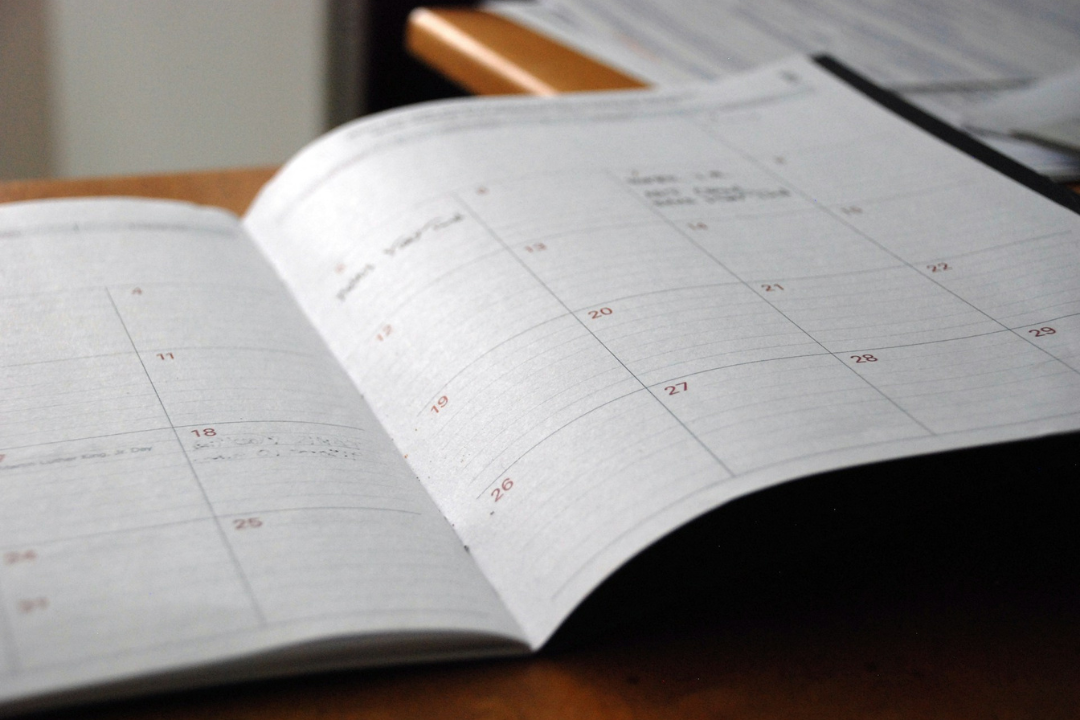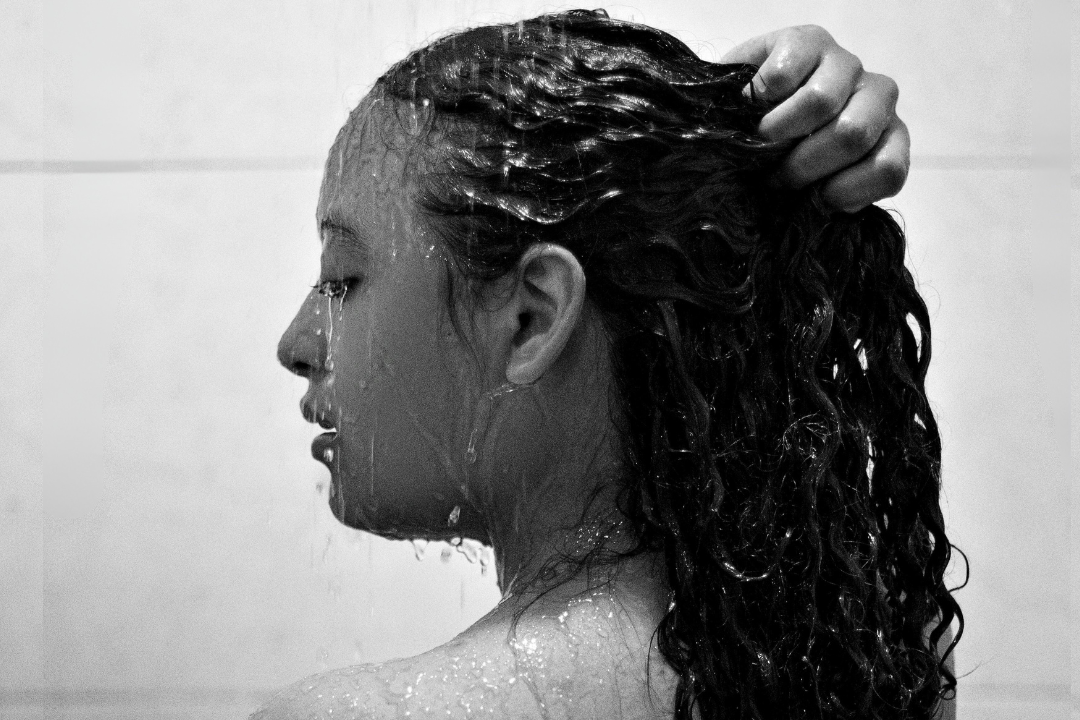It’s never been more trendy to go teetotal. Just in time for Sober October, we take a look at the rise of non-alcoholic drinking and why people are staying off (and switching up) the sauce
The dynamics of drinking are changing. Up until very recently, England was a country famous for its love of booze. Since the dawn of time (okay, pubs) we’ve been putting it away like there’s no tomorrow, whether that be merely indulging in a few glasses of wine at dinner or in fact, getting entirely ‘sloshed’ (a verb unique to the British language since the 1940s).
But things - and more importantly, attitudes, are certainly shifting. Research from a 2021 online study by YouGov found that almost one in three (32%) UK drinkers now ‘semi-regularly’ consume low- and no-alcohol products, compared to one in four (25%) in 2020. This suggests more people than ever before are opting for the non-alcoholic tipples - with the range of products available to choose from only increasing.
By 2024, the low-and-no market in the UK is predicted to be worth over £450 million (US$538m) according to the Low & No 2022: The Consumer Perspective report. The proof is in the pudding, not the stats of course - walk into a supermarket and you’ll see shelves stocked with trendy products aplenty in the drinks aisle.
Meanwhile in restaurants, bars, and yes, even The Pub on a Friday post-work, the outdated days of boring soft drinks and sugary sweet mocktails have been replaced with CBD-infused tipples, thoughtful health-boosting creations and alcohol-free wine, beer and spirits galore. Which isn’t surprising, given the report found nearly 29% of pub visits and 37% of restaurant outings are now alcohol-free. Put simply, it seems the British drinking experience is simply no longer solely based around consuming alcohol, especially in mass quantities.
For Amanda Thomson, founder of drinks brand Noughty, we’ve been tipping the teetotal scales for a variety of reasons. “The first is “wellness", to use the catch-all term. I think we've all realised that we can't drink like we might have done in the past – certainly for those of us who aren’t in our 20s. The younger generation aren’t drinking as much, partially fueled by the fact that they live their lives on social media and therefore they don't want to be seen drunk in the online world.”
Of course, non-alcoholic products have not simply appeared out of thin air. Such options date back to Medieval times, when ‘small beer’ offered people an alternative to ‘Adam’s Ale, a drink also known as plain old fashioned H2O. Everyone drank small beer - children and parents alike - but unlike the trendiness of 2022, they chose this because it was less lethal to drink fermented drinks than risk consuming unsanitary water, which was often laden with disease. Nice.
Non-alcoholic creations also stem from the very inception of the 19th century cocktail age, first appearing as 'Temperance drinks' in the inaugural American cocktail books alongside the classic boozy recipes. Even the word ‘mocktail’ has been cited in literature since the early 1900s.
But it’s only recently that things have really taken off. For Luke Boase, Founder of non-alcoholic beer brand Lucky Saint, it’s about things no longer being black and white when it comes to those who drink and those who don’t.
He told La Pochette: “We’re at the start of a cultural shift in our attitudes towards drinking in the UK, as we see an increasing number of drinkers who prefer to moderate their choices. Consumers want taste and quality, but historically there’s not been a product that fits the bill. In a sector that only knows people as drinkers and non-drinkers, there isn’t much understanding of how to cater to the majority of UK pub-goers currently.
“We need to rethink what we understand as a ‘non-drinker’ in the UK. Those who move fast to tap into this market in the UK will see huge rewards in the coming years.”
For The Cocktail Society’s Brand Ambassador, Charlotte Clarke, we’re drinking teetotal because the options are simply superior. “There are far more options than there have been. In previous years, bartenders would have offered non-drinkers a ‘mocktail’. A sweet, stodgy liquid mostly comprised of juices and syrups, a far cry from its alcoholic counterpart.
With the development of de‑alcoholised spirits, we are now able to maintain the quality and taste of drinks. This means that anyone deciding not to drink, for whatever reason, does not have to disclose that they are not drinking. Bartenders can now make alcoholic and non-alcoholic drinks look the same, and can also do so without feeling left out or like they can’t attend a social event without alcohol.”
We’re simply not interested in the sugary, syrupy childlike cocktails of the past - laden with calories and sugar with names that sound better suited for a 12 year old’s birthday party. We might not order them all the time, but when we do - we want premium options that mimic the taste and experience of the real thing. We want what the grown-ups are having.
A demand for products that mimic the real deal thus reflects considerably more than just a change in taste buds - it implies society’s thirst for alcohol (and its often unsavory aftereffects) has diminished.
Amanda Thomson further explained: “People have become more discerning about what they’re drinking and so will have one odd glass of fine wine or champagne from time to time but actually want something to recreate that feeling, the placebo effect as it were, on a regular basis. Recognising that to feel fresh in the morning, it's not good to have too much alcohol.”
It seems like we’re only getting started when it comes to the non-alcoholic lifestyle - try it out for yourself with a delicious Mindfully Cami cocktail:
Take three: Mindfully Cami mocktail recipes
1 Pink Alchemy
A bittersweet spritz bursting with flavours and character and all powered by plants!
Ingredients
25ml | 1oz Three Spirit Social Elixir*
10ml | 0.3oz rose honey water
25ml | 1oz pink grapefruit juice
Top up with London Essence Co. Rhubarb & Cardamon soda
For best presentation:
We recommend serving in a wine glass with a rhubarb ribbon garnish
Method
1 Fill a wine glass with ice, add all the ingredients into the glass and give a gentle stir to mix.
2 Garnish with rhubarb if in season, or a slice of grapefruit or rose petal, et voila that’s your Mindful Cocktail ready to be enjoyed!
2 Cup of Love
Fruity and fresh with a kick of ginger to keep it spicy... this cup of love is just what we all need!
Ingredients
50ml | 2oz Penrhos Zero Raspberry*
10ml | 0.3oz Organic Rose Water*
Top with ginger ale or beer*
For best presentation:
We recommend serving in a Rocks Glass with raspberry, lemon, mint, cucumber & rose petal to garnish.
Method
1 You can make this either directly into a glass for one or in a carafe to prepare a few serves.
2 Over ice, pour your Penrhos Zero Raspberry & organic rose water into the glass.
3 Add your lemon, cucumber & mint then top with ginger ale or beer & give it a gentle stir.
4 Finally add your raspberry & rose petal for a beautiful flourish.
3 NEGRONI ROSA
Your alcohol-free negroni for a mindful aperitivo with character & a touch of rose.
Ingredients
30ml | 1oz CleanCo Clean G Rhubarb* (non-alcoholic rhubarb gin)
30ml | 1oz MARTINI Vibrante* (non-alcoholic aperitif)
30ml | 1oz Lyre's Aperitif Rosso* (non-alcoholic sweet vermouth)
10ml | 0.3oz NONSUCH Wild Hedgerow & Rose Shrub
For best presentation:
We recommend serving on the rocks with a grapefruit slice for garnish.
Method
1 Simply build your Negroni Rosa directly into your glass over ice, (we recommend using large cubes as it minimises the dilution!)
2 Give your cocktail a gentle stir & garnish with a wedge of grapefruit!
PLUS: Take on the Sober October challenge via https://www.gosober.org.uk
Words by Sophie Ritchie

